Creeptober Night 7: American Mary (2012)
The true horror is not of the body.
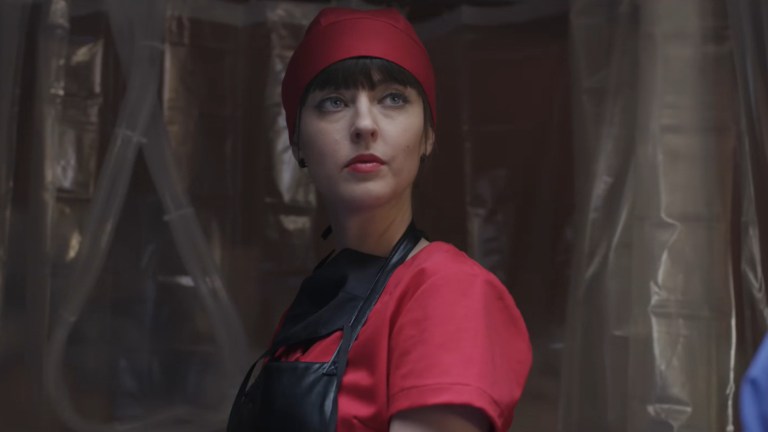
Table of Contents
After the brutal nature of yesterday’s Creeptober movie, I thought it would be appropriate to watch something that is brutal in a much different way. American Mary is today’s film, and it’s a story that defies expectations in many interesting ways.
Reacting to American Mary
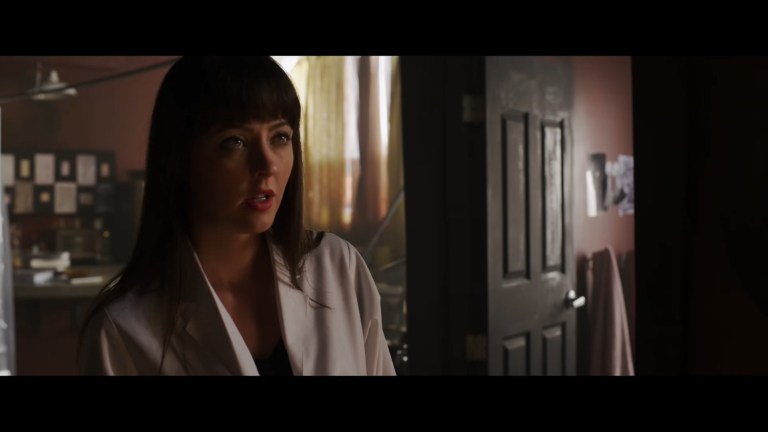
I haven’t watched American Mary as often as the rest of the Creeptober movies. I think I’ve only seen it once prior to now, and that one time was many years ago. I’m glad we had it on the list though, because I enjoyed it more now than I did previously.
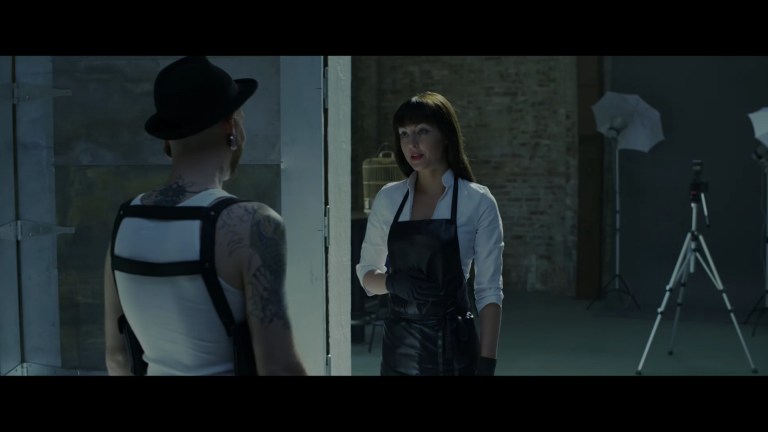
For starters, Katharine Isabelle is awesome. In my view she is a genre-film icon, and this movie is a big reason why. American Mary is a very character-driven film, and Katharine plays the title character with the perfect balance of vulnerability and strength. There’s a complexity to the character that could come across as too naive or too campy in the various stages of development she goes through, but she’s always played in a way that draws the audience in. We care for Mary not just because of what she endures and how she reacts, but because she feels like a relatable person dealing with extraordinary circumstances. That’s thanks in large part to Katharine Isabelle’s approach to the character.
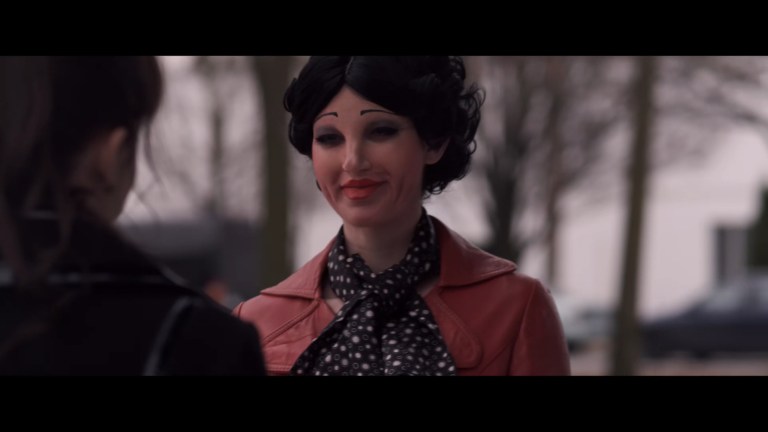
I also enjoy how American Mary deals with some of its story elements which might be sensationalized in the hands of different directors. The Soska sisters, Jen and Sylvia, present the body modification community in a fair way. Mary’s initial reaction to extreme body modification is one of skepticism, but the characters of Beatrice and Ruby are always presented as good, friendly people. There’s that one body-mod guy who can’t keep his hands off himself and leers at Mary in a weird way, but there are those kinds of people within any community. What I’m trying to get at is, American Mary shows that it’s a person’s actions towards others which defines them, and what they choose to look like is nobody’s business but their own.
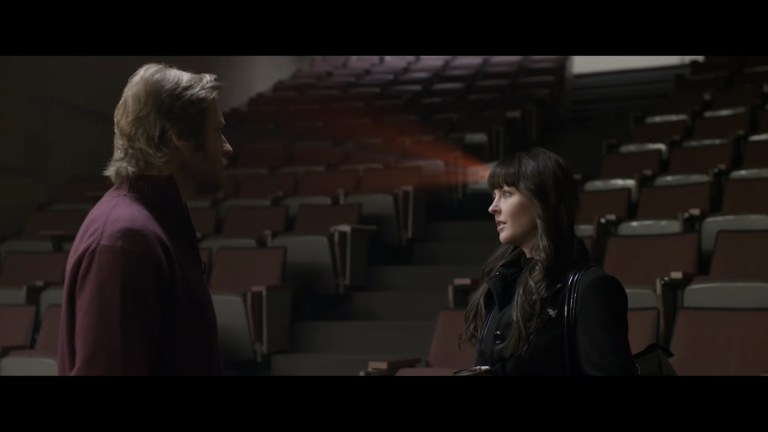
Even with the body positivity though, American Mary is still a very dark film. The darkness doesn’t come from body-horror though. The darkness comes from people who abuse their power. Most obviously, Mary’s professor is clearly the worst person in the movie. After he does what he does, Mary’s revenge feels totally justified. For that reason, I feel like there needs to be a different term for a movie like this rather than “body horror.”
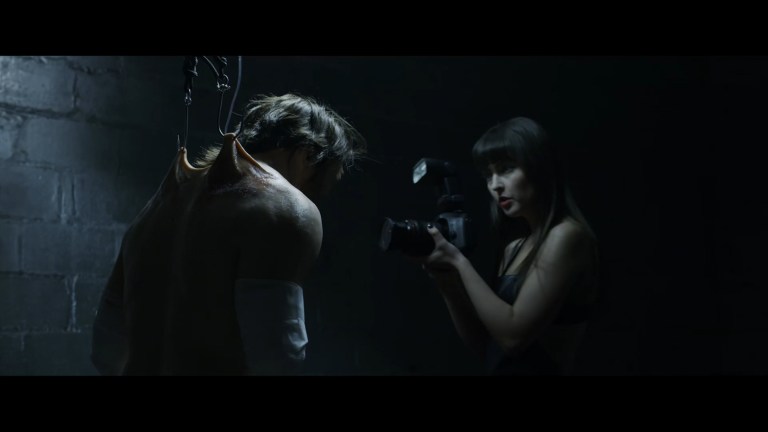
I didn’t find the scenes with Dr. Grant hanging by the skin of his back to be horrifying. They were actually gratifying in a revenge-movie sort of way. So maybe instead of referring to American Mary as a body horror film, we should just call it a body-mod revenge film. I think that works better.
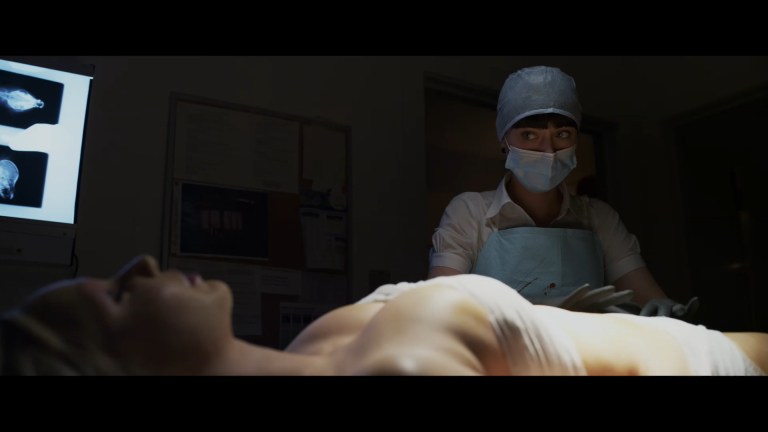
As a whole though, American Mary is a dark look at the world. Mary begins as a hopeful medical student who is good at what she does and excited for the future. But money and men start her down a dark path (not all men, Lance is cool) which she tries to make the best of, but she is eventually brought down by someone else’s anger.

Of course, Mary is not innocent in all of this. She kills an innocent security guard to cover her torture of Dr. Grant. That’s a moment that adds depth to her character and to the story as a whole. What is the ultimate meaning of American Mary? I think that’s up for each viewer to decide for themselves. For me, the movie feels like a film noir, where the world is a bleak and cynical place, and every action inches closer to an inevitably dark fate.
American Mary Trivia
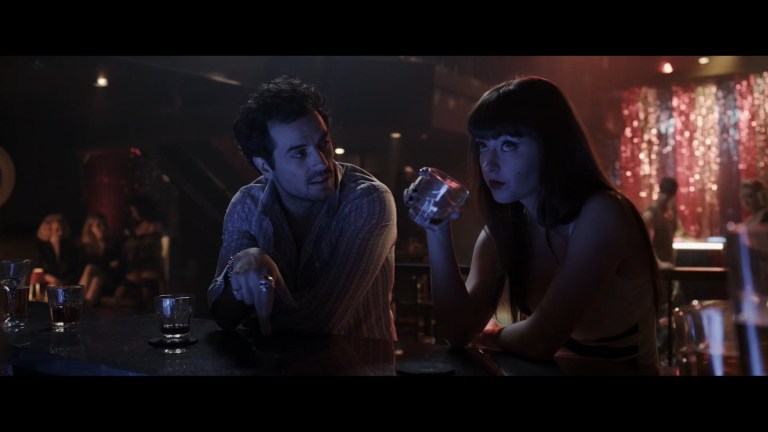
The Soska sisters became interested in body modification when they saw Clive Barker’s Hellraiser at a young age. The character of Billy Barker is named in homage to Clive Barker.
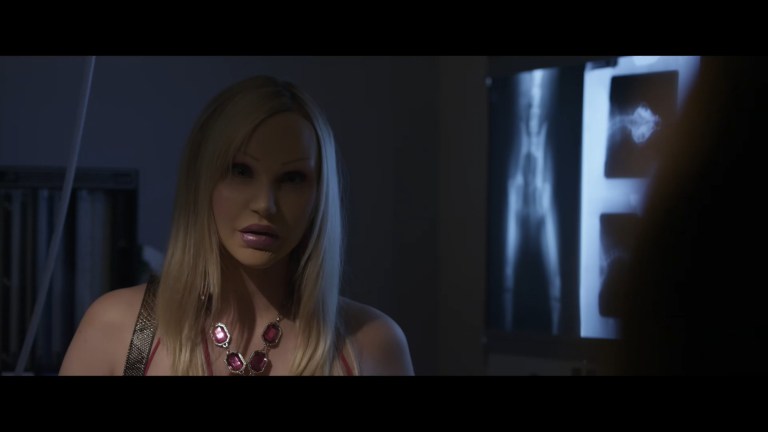
The character Ruby Realgirl was inspired by American beauty standards as exemplified by Barbie dolls. With the characters, the Soska sisters wanted to draw parallels between cosmetic surgery and body modification since one is accepted as normal by society, but the other is stigmatized to an excessive degree.
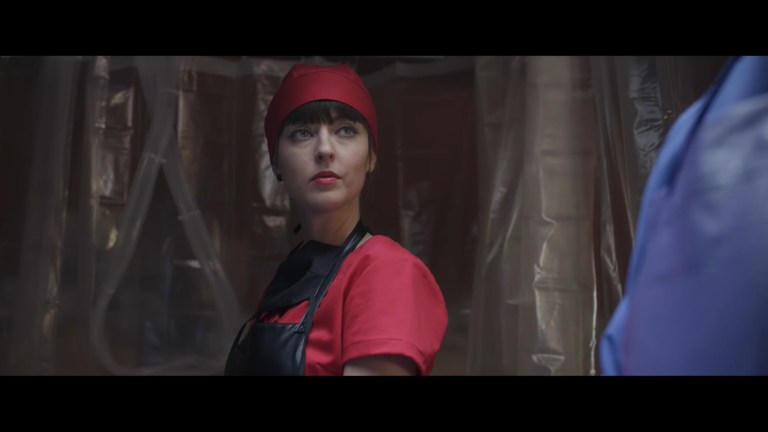
The working title for American Mary was Lab Rat. The title was changed because the directors didn’t feel like it properly represented Mary’s journey. They thought that the theme of people obsessively pursuing an ideal body type and the plot thread of Mary’s self-serving entrepreneurial spirit made sense as part of “chasing the American dream.” There’s also a song titled “American Mary” by the band The National which the Soska sisters enjoy.
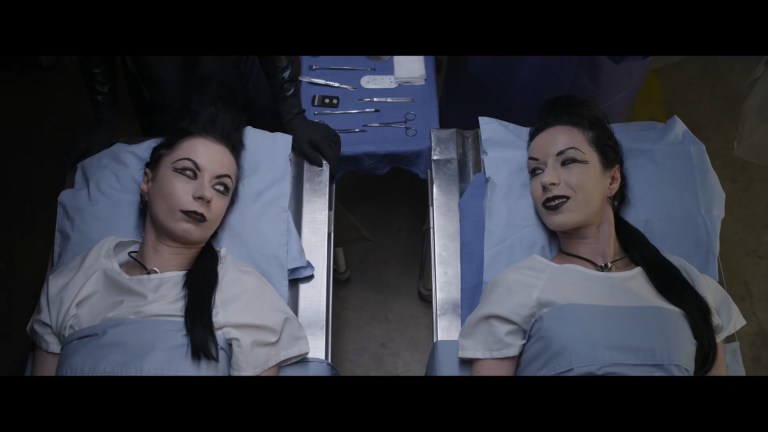
When asked in an interview about how American Mary uses horror as a metaphor, Jen Soska said that the movie is analogous to their experiences in the film industry. Here’s a quote:
“We use mainstream medicine as mainstream Hollywood. Then, we use body modification as the independent horror scene. This is where, as we were trying to get Mary and our other films out, we found so much more kinship and acceptance. Just very honest, straightforward people who actually cared about what they were doing.”
